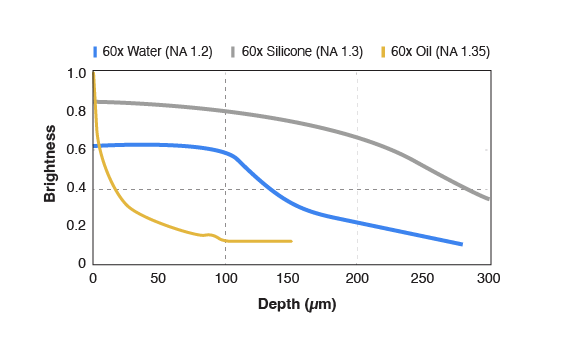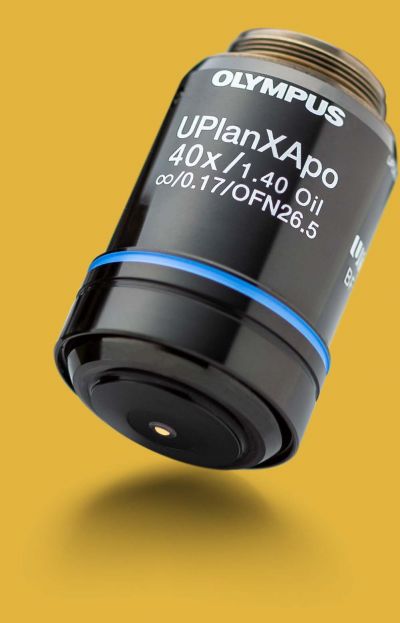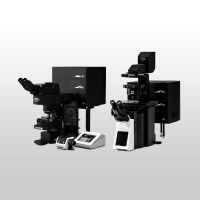Live Cell ImagingTo ensure successful time-lapse observation of live cells, your microscope system must work hard to provide stable imaging by maintaining constant environmental control while suppressing phototoxicity and photobleaching. Discover reliable live-cell imaging solutions featuring A Line silicone oil immersion objectives at the heart of the system — optimized to the refractive index of live cells. |
The Objective Truth — Silicone Immersion Objectives Are Optimized for Live ImagingWith a refractive index similar to that of living tissue, silicone immersion objectives offer bright images of cleared tissue. Their high numerical aperture allows systems to maximize the number of photos it can collect to reduce exposure times and keep samples healthy. And because silicone oil doesn’t dry out at 37 °C (98.6 °F), time−lapse observations of mammalian samples are more reliable and less complex. |
Discover Your Sample’s True 3D FormMatching the refractive index of a sample and immersion media is very important to get accurate 3D images. Mismatches of the refractive indices (water or standard immersion oil) will lead to distortions of the 3D image. Only silicone immersion oil provides the right refractive index of living samples and results in accurate 3D images. |
|
|---|
 | Brighter and Deeper 3D ImagingOil immersion objectives are brightest at superficial depths while silicone immersion objectives are brighter than water and oil immersion objectives at all other focus depths. For 3D imaging of larger structures like embryos, spheroids, or organoids, silicone immersion objectives are the perfect choice. |
|---|
Long–Term, Time–Lapse Imaging of a Living Mouse Embryo with Silicone OpticsLong-term, time-lapse images of a live mouse embryo captured using a silicone immersion objective (UPLSAPO60XS2). The objective enables high‒resolution imaging with a numerical aperture (NA) of 1.30 and 3D imaging with a 0.3 mm working distance. Image data courtesy of Kazuo Yamagata Ph.D., Faculty of Biology–Oriented Science and Technology, Kinki University Reference Stem: Cell Reports. 2014 Jun 3; 2 (6): 910–924. | Related Videos |
|---|
 |
Sorry, this page is not
available in your country.
Sorry, this page is not
available in your country.


